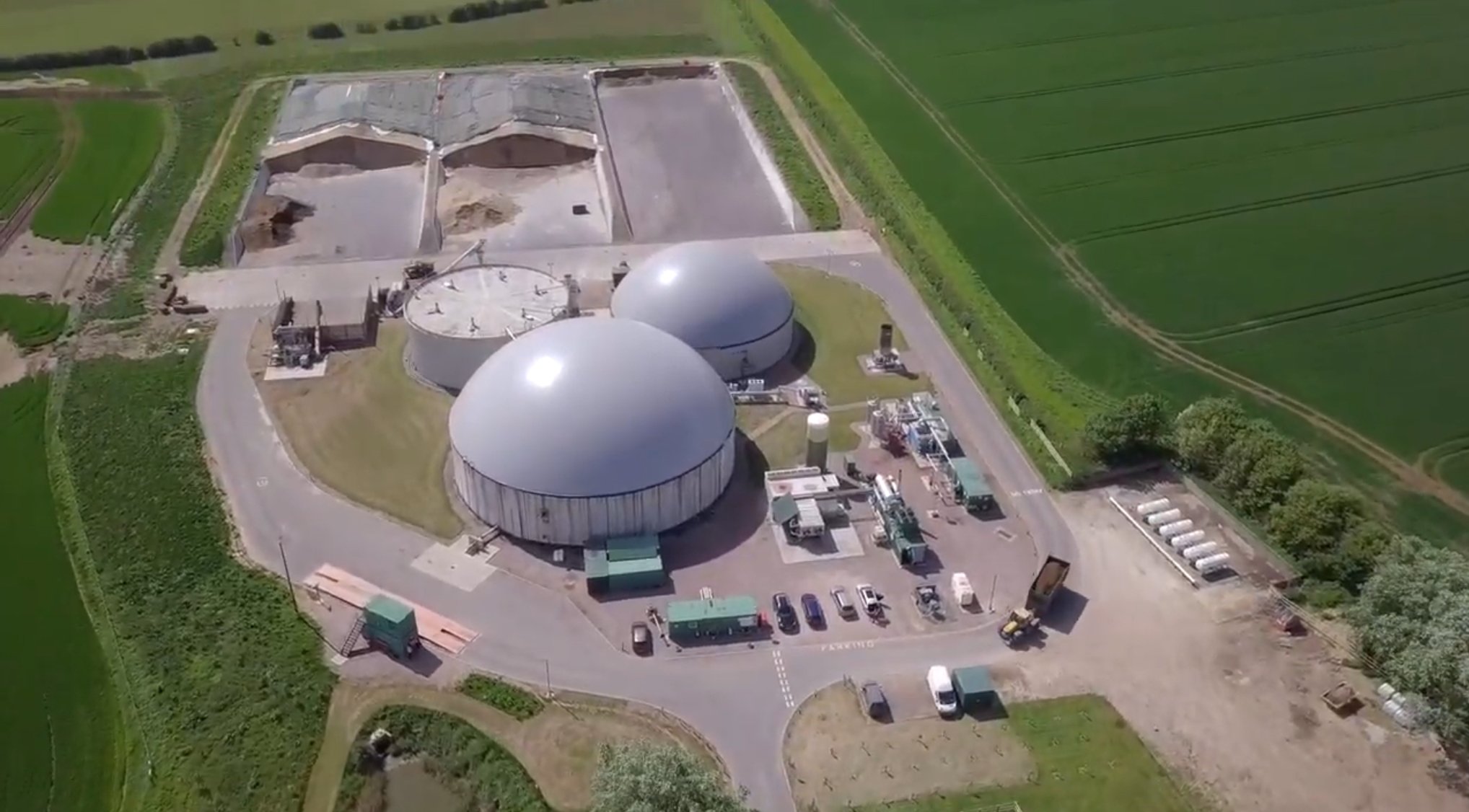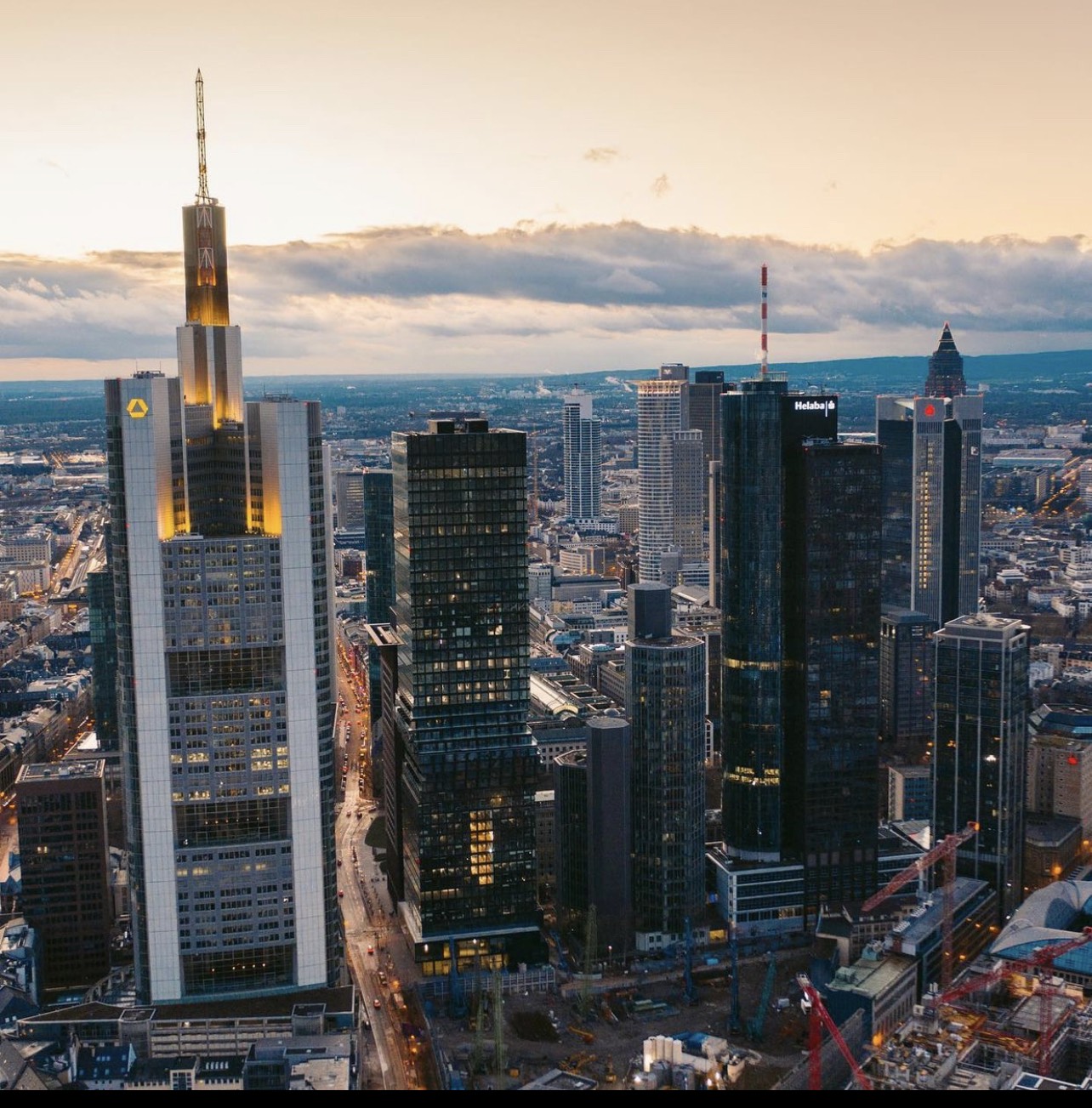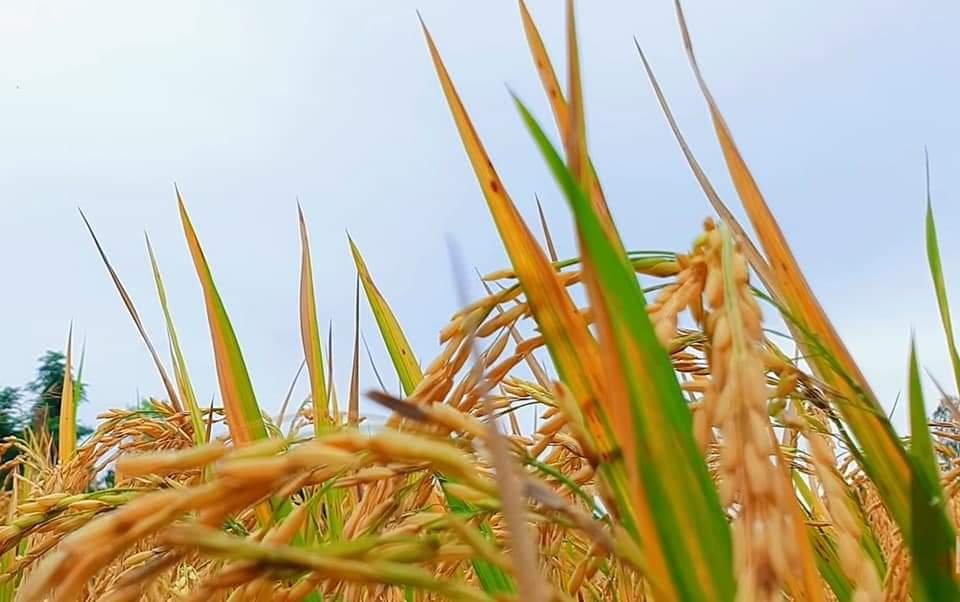Process rubbish
– According to Lawrence R. Klein – Professor at the Wharton School of the University of Pennsylvania, USA (2015): “Circular economy is an economic model in which all activities from design, production to service provision are provided. services towards the reuse of materials and the elimination of negative impacts on the environment”. Why is that so?
– The “Circular economy” model (English: Circular economy – CE) is an economic model that sets the goal of prolonging the life of its stages and eliminating negative impacts on the environment.
– The stages in the system apply a closed process through self-production of raw materials, adjustment, repair, recycling and reuse of by-products in the production of raw materials.
– Purpose: Create a closed loop for resources and materials of the economic system, in order to minimize the amount of waste generated in the production process as well as minimize adverse impacts on the environment. .
– All waste from one consumer production process is used as a raw material for another consumer production process.
– In the “Linear Economy” model, resources are only used one way, after production, by-products will be discarded after consumption, leading to waste of resources as well as creating a huge amount of waste into the environment.
Example: South Vietnam is likened to the country’s rice bowl. After harvesting rice, people often burn away excess straw and straw. Smoke in the combustion process will release a large amount of gas into the environment, which is also one of the main causes of pollution.
– But, after applying the CE model, at the training sessions, the farmers were instructed in the techniques of composting straw to make fodder for livestock, and composting it to make effective mushrooms. All will create a closed process to improve economic efficiency for people.

– According to the statistical survey, the CE model has been widely distributed and guided by all levels, departments and branches in enterprises, rural areas, cooperatives and households. So, we classify out 3 levels:
+ Low level: Manufacturers are encouraged to change their thinking, must be responsible for recovering, reusing, recycling and disposing of products after use. By reducing the use of goods, products and the consumption of non-recyclable resources (e.g. drinking water bottles…) with recyclable products. At the same time, change the behavior and attitudes of users by supporting the CE production process.
+ Moderate: Moderate includes low level plus reduces resource consumption to a minimum. (eg: Use separate ceramic cups for each employee….)Product reuse, resources and Recycling, resource cycling (e.g. sharing household appliances, sharing transportation, etc.) logistics infrastructure in transportation and storage of goods, etc.).
+ High level: The combination of low and medium level is added: The process of ensuring the formation and providing services of warranty, maintenance, component replacement, repair, … to prolong the service life , the life cycle of all products. At the same time, the manufacturer must be responsible for collecting, classifying and treating discarded products after use and waste in order to reduce recovery to a minimum and reuse, towards zero waste.
– So: The circular economy focuses on the management and regeneration of resources in a closed loop, avoiding the generation of waste. This approach contributes to mitigating the negative effects of the linear economy. At the same time, this is also a premise to ensure sustainable production and consumption, such as reducing the rate of “declining” resources, preserving to meet the needs of future generations; raising people’s awareness about reuse and recycling of waste, limiting the consumption of single-use items; extend manufacturer’s responsibility to support 100% waste-to-material recycling.
Related fieldsCircular Economy
For the past 10 years, all over the world have been focusing on researching the concept of circular economy model, sustainable green development, organic agriculture,…
Real estate
Vietnam’s economy started to innovate in 1986, and the real estate market was also flourishing. However, the real estate market is said to have been…
food processing
On the basis of the actual situation of planning the structure of land use, the actual situation of production and farming activities of the people,…
Circular Economy
For the past 10 years, all over the world have been focusing on researching the concept of circular economy model, sustainable green development, organic agriculture,…
Real estate
Vietnam’s economy started to innovate in 1986, and the real estate market was also flourishing. However, the real estate market is said to have been…
food processing
On the basis of the actual situation of planning the structure of land use, the actual situation of production and farming activities of the people,…
Điều khoản sử dụng | Chính sách bảo mật
Bản quyền thuộc về THD VIỆT NAM


